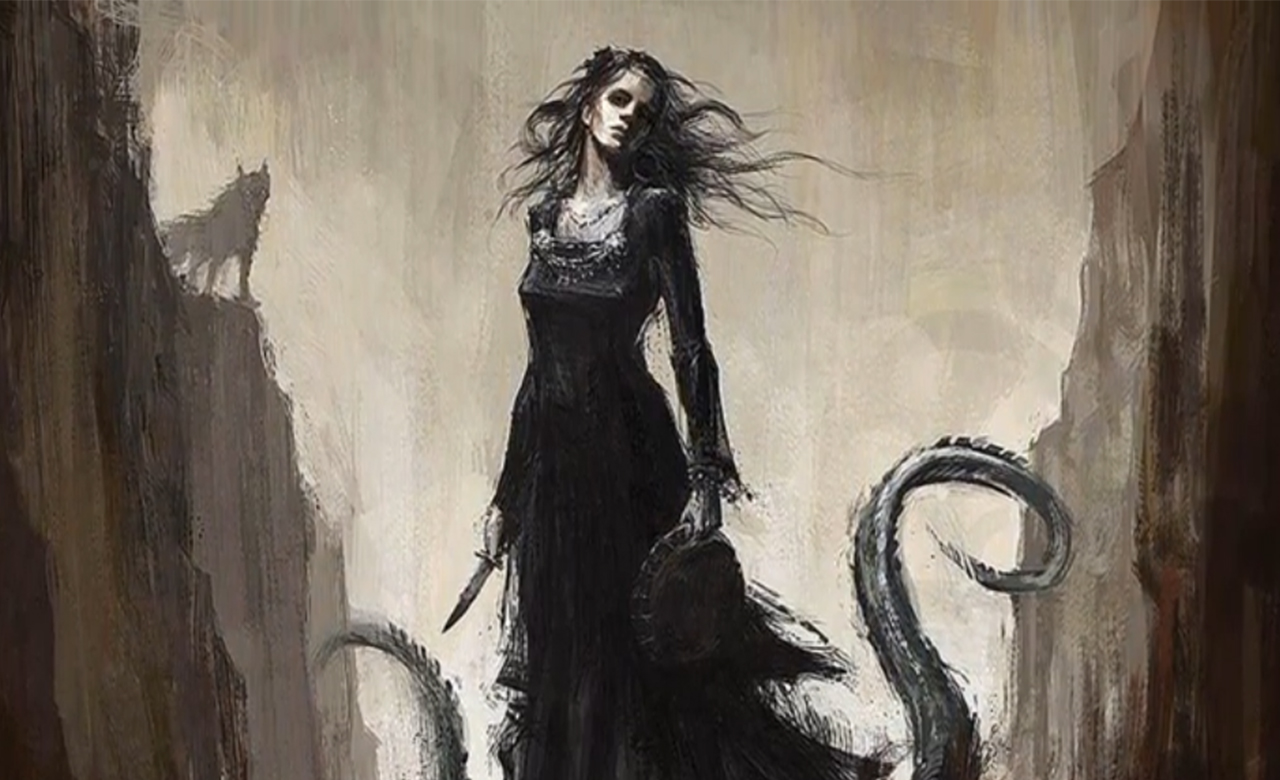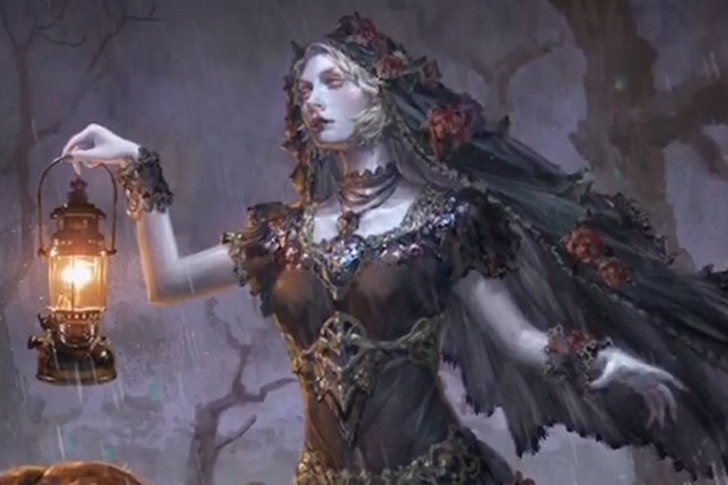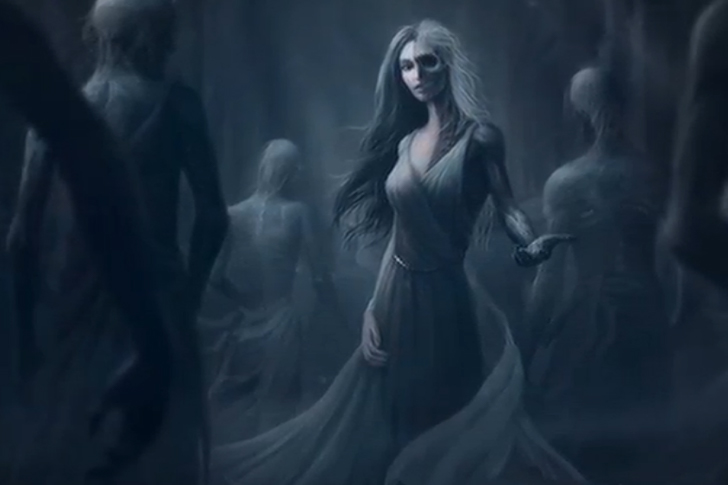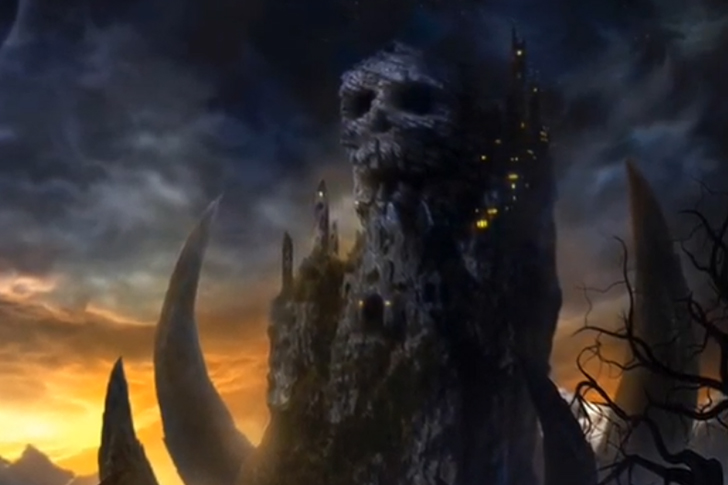Hel is a Norse goddess that has been banished to the underworld. Hel is one of Loki’s three children who had so much potential that the Aesir banished them into different places. Once Hel was banished into the underworld, she ruled the realm, and even Odin granted her power and control over the nine worlds.
The goddess of the Underworld is definitely an interesting figure in Norse mythology. There’s a ton of interesting myths and legends to know about this Norse goddess. Luckily, we’ve managed to list down some of the most interesting things to know about the goddess of the underworld!
Who Is Hel?
As we said, Hel is one of the three children of Loki and giant Angrboda. Hel is Loki’s only daughter, and she ruled the underworld. It has been said that Hel would mercilessly sweep through cities and towns, bringing along with her various plagues.
She used a rake and broom to destroy anything in her path, and nothing would ever survive her wrath. We’re not entirely sure if today’s insurance plans cover anything that points out into being swept through by the goddess of the underworld.
Whenever Hel wasn’t sweeping through cities causing destruction, she would often attend to her responsibility of ruling the underworld. You could say that Hel’s kingdom wasn’t all bright and bubbly as it was meant to punish people who sinned a lot during their lifetime.
What Was Hel’s World Like?
As we have mentioned above, Hel’s world isn’t all bright and bubbly. Once you enter the main gate, you’ll be able to feel cold and darkness, and some would even say that various sounds can also be heard. These sounds were believed to be the sounds of Hvergelmir, of the rolling glaciers in the Elivagar, and of the streams of Hel.
Hel also had a great hall which was called Elvidner, which also meant “misery.” Moreover, she had different accommodations for different people who entered her realm. Those who went to her after their passing included perjurers and criminals. The list also includes passing because of old age, the ones who passed away because of disease, and the ones who passed before getting a chance to shed blood.
Interestingly, Hel also had a royal residence which she promptly called Eljudnir. It’s where her two servants named “Ganglati” and “Ganglot” would attend to all her needs. Best believe that Hel didn’t have to worry about any mortgage or mortgage rates to keep her residence!
Hel’s Reaping
One could say that Hel is considered as “Hell” in other cultures. For the Norse goddess of the underworld, she would often go on her destructive path while she rides her three-legged white steed. It’s eerily similar to European myths that depict the Grim Reaper.
During periods of pestilence or famine, legends say that Hel used her rake to reap those who passed. The belief is said to be the case in those villages that have been depopulated and wherein a large number of inhabitants passed away. Considering that this was the ancient times, there could have been no possibility that they knew of insurance plans yet! They couldn’t have known anything else except the belief that they were going to the underworld wherein Hel ruled.
The Return of Those Who Passed
The Norse culture also believed in the return of those who passed as ghosts. It was believed that the Norse and their deceased relatives or loved ones used to return in order to convey particular messages.
One common belief was about the fact that the sorrow or joy of the living could influence the dead. A great example is the Danish “Ballad of Aager and Else,” as it portrays a lover who passed away making a return as a ghost to ask his beloved to get rid of any feelings of grieving.
Thus, in Norse mythology, Hel’s realm and everyone who inhabited the land continued their influence on the world of the living. We certainly have to give a ton of credit to the Norse people for their interesting culture and mythology!





